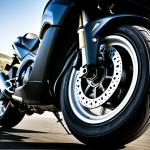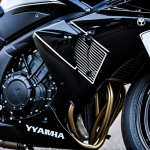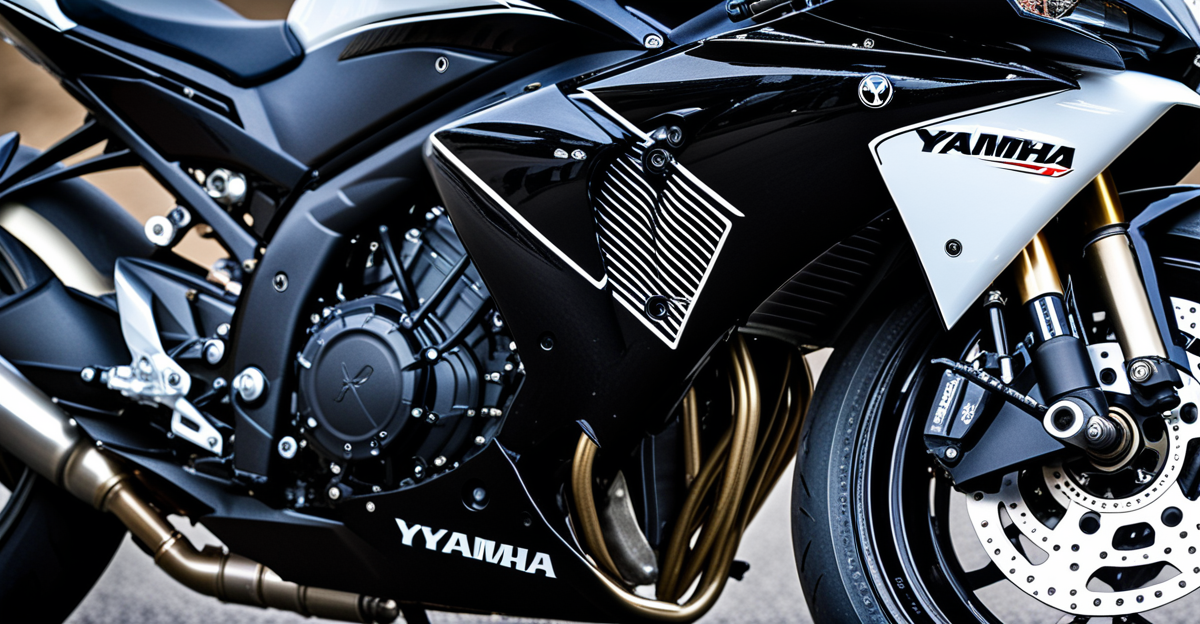Understanding Quickshifters and Their Benefits for the Yamaha R3
A quickshifter is a device enabling seamless gear changes without using the clutch or closing the throttle. It detects shifts via a sensor on the gear lever and momentarily cuts ignition or fuel injection. This allows faster, smoother gear transitions. For the Yamaha R3 performance, this means less interruption to power delivery, improving acceleration and overall ride fluidity.
The quickshifter benefits extend beyond speed. It reduces rider fatigue by eliminating the need for clutch operation during gear changes, especially helpful during spirited or track riding. Riders notice more precise shifts and enhanced control, making the Yamaha R3 feel more responsive and agile.
Also to discover : Achieving Optimal Tire Air Pressure for Superior Stability in Your Piaggio MP3: The Definitive Handbook
Performance gains include reduced shift times and smoother gear transitions, which optimize power output. This leads to improved lap times and a more engaging ride experience. Installing a quickshifter on the Yamaha R3 essentially upgrades its drivetrain interaction, boosting both everyday convenience and sporty performance. Understanding these key advantages highlights why many riders choose quickshifters to enhance their Yamaha R3’s capabilities.
Tools, Equipment, and Safety Precautions for Quickshifter Installation
Preparing properly is crucial for a successful quickshifter installation on the Yamaha R3. Essential tools include a torque wrench, Allen keys, screwdrivers, wire cutters, and possibly a multimeter for electrical checks. Quality materials such as dielectric grease and electrical tape help ensure secure, long-lasting connections.
Also to discover : Transform Your Kawasaki Z900: Key Strategies for Maximizing Suspension Performance on the Track
Before starting, prepare a clean, organized workspace with good lighting and ample room to maneuver the bike safely. Position the Yamaha R3 on a stable stand to prevent movement during installation, which is vital for both safety and precision.
When considering quickshifter installation safety, always disconnect the battery to avoid electrical shorts or shocks. Wear protective gloves to prevent injuries when handling sharp parts or tools. Follow manufacturer guidelines closely to avoid damaging sensitive sensors or wiring.
Avoid rushing; take your time to double-check each step, from removing the necessary bodywork to connecting the gear sensor. This attention to detail not only protects the rider but also guarantees that the Yamaha R3’s performance enhancements operate smoothly and reliably.
Step-by-Step Guide to Installing a Quickshifter on the Yamaha R3
Installing a quickshifter on your Yamaha R3 involves careful steps to ensure functionality and safety. Start by removing the necessary bodywork panels for clear access to the gear lever and wiring harness. This step is crucial to reach components without damaging the bike’s exterior.
Next, mount the quickshifter hardware onto the gear lever. The sensor must be positioned precisely to detect each shift without interference. Secure the sensor firmly using supplied brackets or bolts to prevent movement during riding.
Then, connect the sensor wiring to the Yamaha R3’s electrical system. Follow the wiring diagram carefully; incorrect connections can cause malfunctions. Use dielectric grease on connectors to protect from moisture and corrosion. Check every connection twice before proceeding.
Finally, configure and calibrate the quickshifter system according to instructions. This involves adjusting sensor sensitivity and timing to match your shifting style and the Yamaha R3 performance characteristics. Proper calibration prevents false shifts and ensures smooth gear changes.
By following these steps methodically, you ensure a successful Yamaha R3 quickshifter installation that enhances your ride quality and reliability.
Troubleshooting Common Installation and Performance Issues
Proper quickshifter troubleshooting is vital to maintain smooth Yamaha R3 performance and avoid frustrating gear shifts. Common installation problems include sensor misalignment, loose wiring, and incorrect calibration. If the quickshifter triggers false neutrals or fails to register shifts, first inspect the sensor position. It must detect gear changes precisely without obstruction.
Next, check all electrical connections for secure contacts. Faulty wiring can cause intermittent signals or error codes. Use a multimeter to verify continuity and voltage where needed. If error codes appear, consult the quickshifter manual to interpret and address specific faults effectively.
After installation, if gear transitions feel rough or delayed, revisit calibration settings. Adjusting sensor sensitivity often resolves hesitation or missed shifts. Ensuring no interference from throttle or clutch inputs also helps.
Post-install checks should include test rides in controlled conditions to confirm reliability and smoothness. If issues persist, professional diagnostics may be necessary to pinpoint hardware defects or incompatibilities. Careful, systematic troubleshooting strengthens Yamaha R3 quickshifter functionality, enhancing both performance and rider confidence.
Top Quickshifter Brands and Recommended Models for the Yamaha R3
Choosing the best Yamaha R3 quickshifter depends on compatibility, reliability, and features. Leading brands provide models tailored to maximize Yamaha R3 performance by enabling smooth, fast gear shifts with minimal effort. Popular options often balance cost, ease of installation, and durability.
Among top quickshifter brands, models from HealTech, Dynojet, and Bazzaz stand out. HealTech systems are praised for precise sensor technology and user-friendly setup, offering quickshifter benefits that include adjustable sensitivity and broad compatibility. Dynojet modules often integrate with existing ECU settings, providing seamless interface and reliable operation. Bazzaz offers customizable maps that enhance ride responsiveness and tailor quickshifter performance to rider preference.
When comparing brands, consider:
- Installation complexity and included hardware
- Warranty and technical support availability
- User feedback regarding consistency and long-term durability
Expert reviews highlight that while premium brands may cost more upfront, their longevity and performance gains justify the investment for serious Yamaha R3 riders. Selecting a proven quickshifter model ensures optimal gear changes, enhancing the bike’s dynamic capabilities and overall riding enjoyment.
User Experiences, Performance Results, and Frequently Asked Questions
Many Yamaha R3 riders report notable performance improvement after installing a quickshifter. Users highlight smoother gear transitions and faster shift times, which enhance overall riding enjoyment. For example, riders mention reduced clutch use cutting down on fatigue during longer rides or track sessions, directly benefiting endurance and comfort.
A common Yamaha R3 quickshifter FAQ asks, “Does the quickshifter affect fuel consumption or engine wear?” Precise answers confirm that, when properly installed and calibrated, the quickshifter maintains engine health by ensuring clean shifts without rev hang or harsh engagement, minimizing mechanical stress. Fuel consumption typically remains unchanged or improves slightly due to more efficient gear changes.
Another frequent question concerns maintenance: “How often should the quickshifter system be serviced?” Routine visual checks of wiring and sensor alignment every few months, plus keeping connectors clean and protected, prolong durability. In case of performance issues, timely troubleshooting avoids escalation.
Real user reviews often emphasize the quickshifter benefits for spirited riding scenarios where immediate throttle response and seamless gear shifts sharpen Yamaha R3 performance, turning everyday rides into more dynamic experiences.











